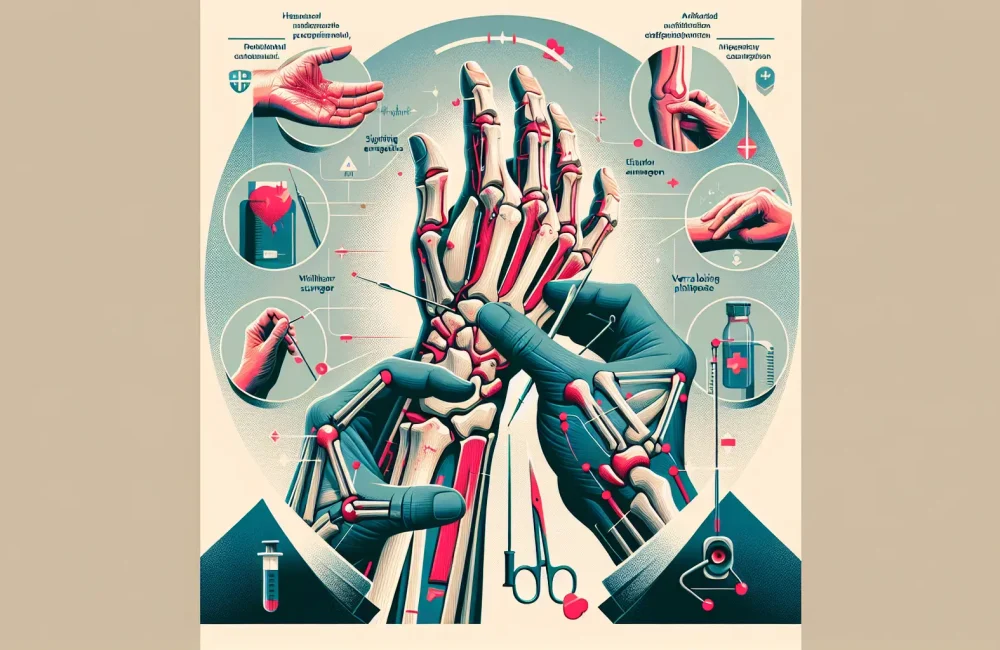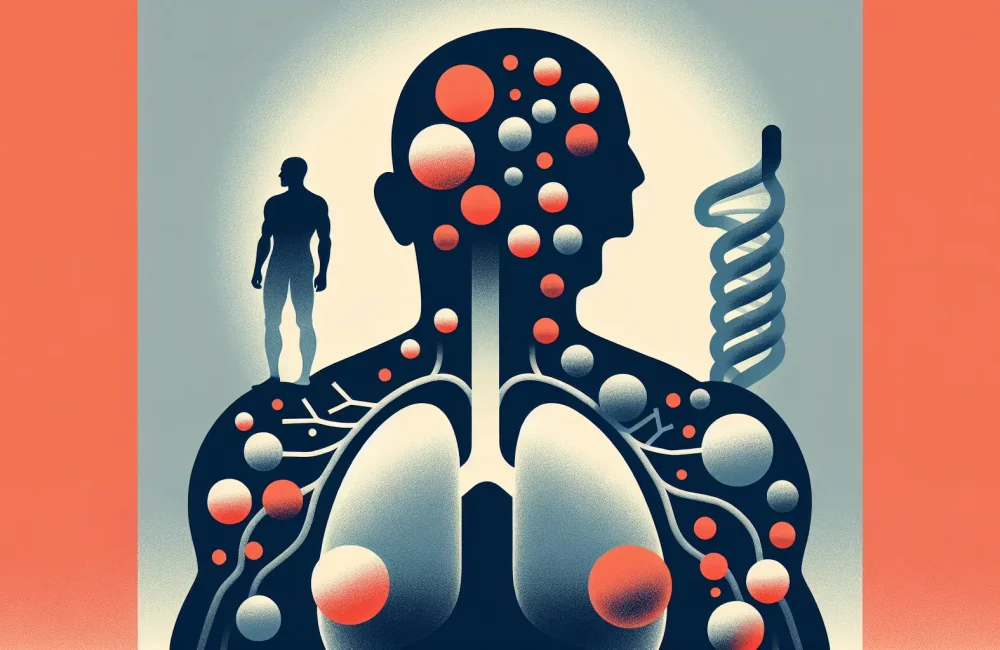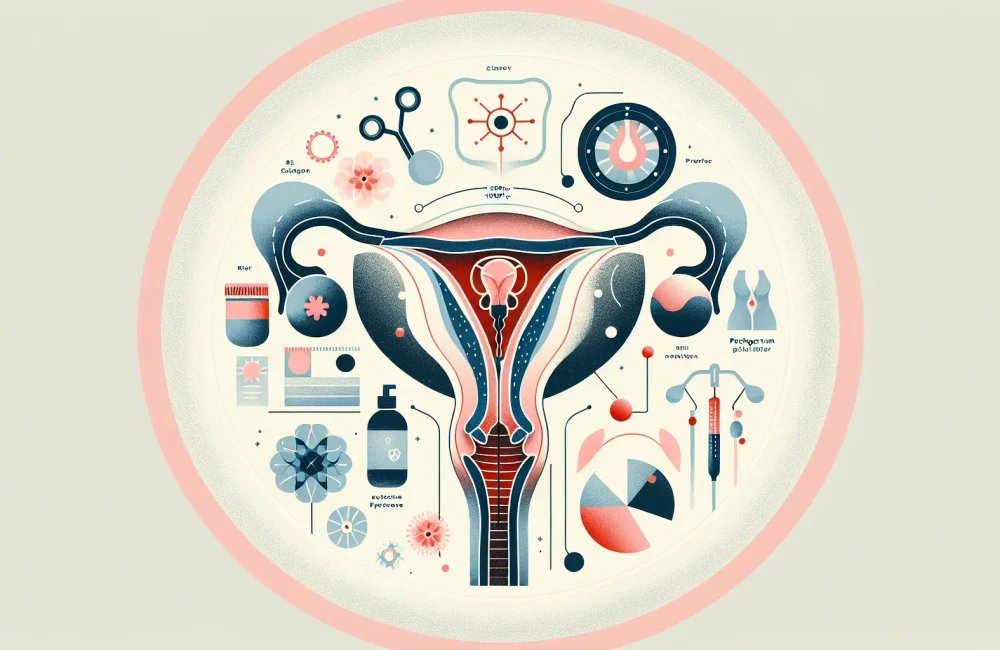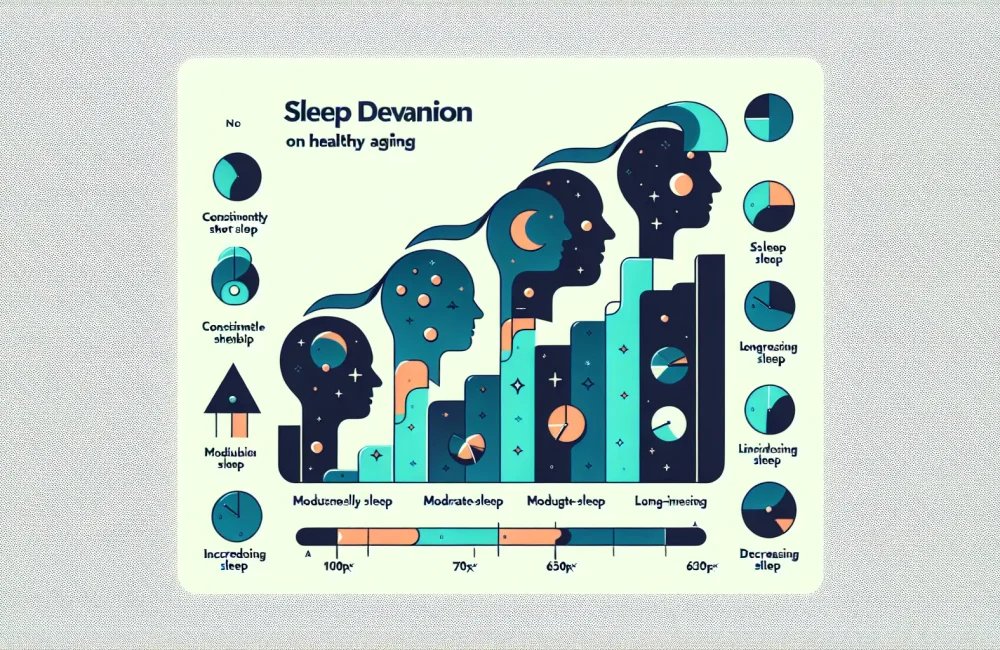By CAFMI AI From PLOS Medicine (Open Access)
Comparing Treatment Methods for Elderly Distal Radius Fractures
Distal radius fractures represent a common injury in older adults, often necessitating clinical decisions between operative and nonoperative interventions. The DRIFT trial, a randomized controlled study, evaluated outcomes of nonoperative treatment using casting versus volar locking plating surgery in patients aged 65 years and above. This comprehensive study enrolled 230 participants evenly split between the two treatment arms, ensuring robust comparison. Clinical assessments were rigorously conducted at 3, 6, and 12 months with the primary endpoint being wrist function measured by the Patient-Rated Wrist Evaluation (PRWE) at one year. Secondary endpoints included metrics critical to functional recovery such as range of motion, grip strength, complication incidence, and overall quality of life. The findings indicated that at 12 months, no statistically or clinically significant advantages in wrist function existed between the nonoperative and operative groups. Both cohorts demonstrated substantial improvements from baseline, underscoring effective healing and rehabilitation across modalities. While objective measurements revealed slightly better range of motion and grip strength in those undergoing volar plating, these differences lacked statistical significance and thus may have limited clinical relevance. However, the surgical group exhibited a higher frequency of minor complications, particularly hardware irritation and transient nerve disturbances, indicative of procedure-related risks.
Clinical Implications and Patient Management
For practicing clinicians, especially those in primary care and orthopedics within the United States, these findings provide meaningful insights to tailor treatment plans for elderly patients with distal radius fractures. The equivalence in functional outcomes at one year suggests that nonoperative management via casting is a viable, less invasive alternative to surgery. This is particularly important given the greater complication burden linked with surgical intervention. Management decisions should incorporate patient comorbidities, functional demands, and risk tolerance. For patients with multiple medical issues or elevated surgical risks, nonoperative treatment may reduce potential harm without compromising recovery. Counseling points with patients should emphasize realistic expectations about recovery timelines, the possibility of minor residual deficits in wrist strength or mobility, and what complications might arise under each treatment strategy. Follow-up care should involve monitoring for fracture healing, functional recovery progress, and identification of any complications, with rehabilitation programs customized to optimize outcomes. Clinical workflows in primary care can integrate these findings by promoting shared decision-making, leveraging evidence-based guidelines that prioritize patient-centered goals and resource utilization efficiency.
Future Directions and Research Opportunities
While the DRIFT trial provides valuable evidence supporting nonoperative treatment as a standard approach for distal radius fractures in older adults, it highlights the need for further investigation into patient subgroups that might benefit more from surgical intervention. Future research could focus on differentiating outcomes based on fracture patterns, bone quality, baseline functional status, or patient activity levels. Additionally, longer-term studies evaluating durability of functional recovery, post-treatment quality of life, and cost-effectiveness analyses are warranted. Identifying clinical predictors of poorer outcomes with casting might help refine stratification algorithms to recommend surgery selectively. Explorations into enhanced rehabilitation protocols or minimally invasive surgical techniques with fewer complications could improve care individualization. Guideline development bodies should consider incorporating these nuanced findings to provide updated recommendations that balance benefits and harms in this vulnerable population. For clinicians, staying abreast of evolving evidence will remain crucial to optimize patient outcomes and resource allocation in the management of distal radius fractures among the elderly.
Read The Original Publication Here






